by Mark Mauldin | Feb 10, 2023
The second annual Panhandle Corn & Soybean Update took place in Chipley last Friday. The event was a great success, with standing room only in the classroom. Attendees received updates on: 1) Weed, 2) Insect, 3) Disease, and 4) Fertility management strategies in...
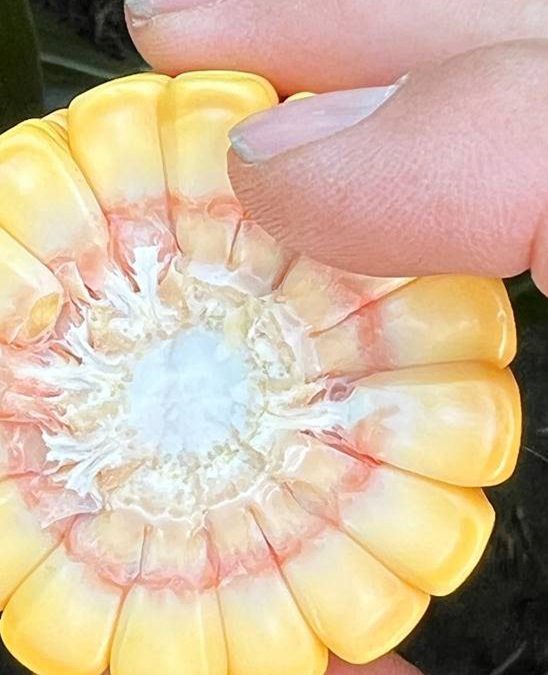
by external | Jul 1, 2022
Rome Ethredge, UGA Interim Grains and Soybean Agronomist This time of year, and with this heat, corn is moving rapidly towards maturity. The photo below shows a field of corn planted March 1st that is Denting and at Quarter Milkline, it has accumulated 2500 growing...
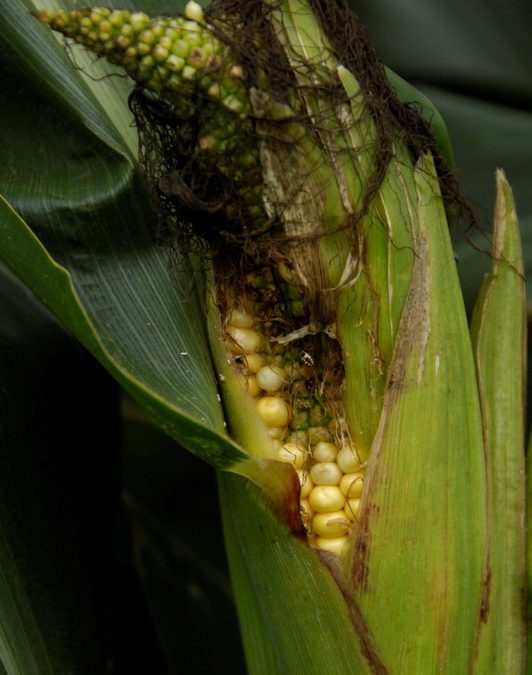
by external | Jun 24, 2022
Rome Ethredge, UGA Interim Grains and Soybean Agronomist Corn It is important to keep Southern Rust in check as we’re seeing it reported in more counties and earlier than ever and this heat drives it on. Lots of stink bug reports. When they attack very early we...
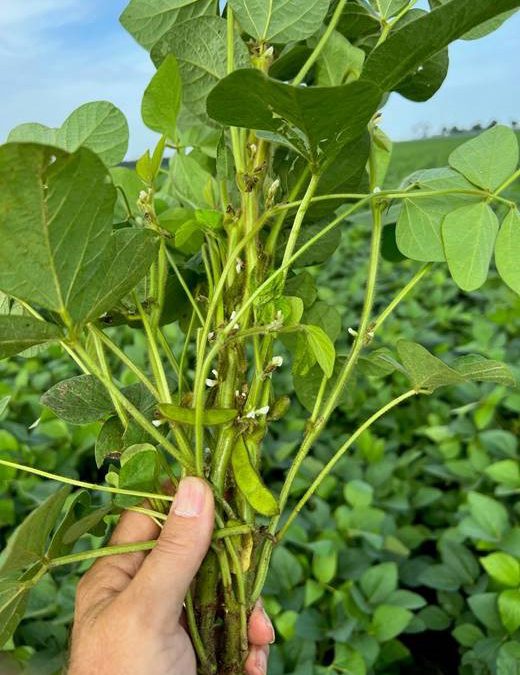
by external | Jun 17, 2022
Rome Ethredge, UGA Interim Grains and Soybean Agronomist Soybean Early System Indeterminate soybeans are now setting pods. They set them starting at the bottom of the plant and work their way up. The plant keeps growing and blooming. Determinate varieties, like...
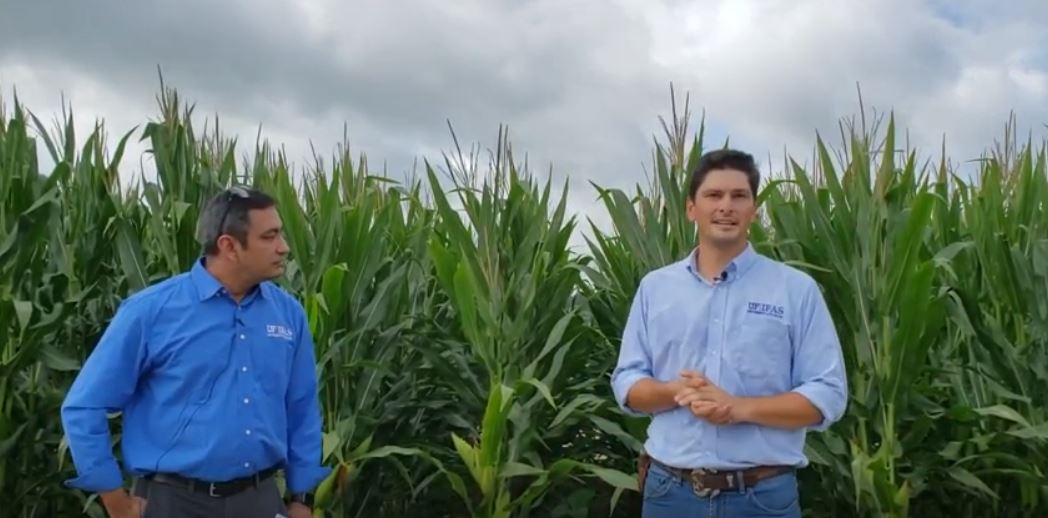
by Marcelo Wallau | Jun 10, 2022
Marcelo Wallau, Diwakar Vyas and Ashley Kuhn, UF/IFAS Agronomy Department Corn and sorghum silages are among the most important feedstuffs for the dairy industry in the state, and they have been gaining interest with beef cattle producers as well. Selection of...
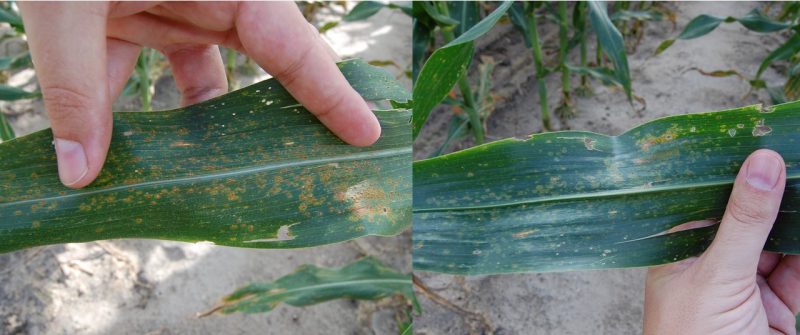
by Ethan Carter | Jun 3, 2022
Ethan Carter, Regional Crop IPM Agent, Ian Small, UF/IFAS NFREC Plant Pathologist, and Nick Dufault, UF/IFAS Extension Pathologist Many of the Panhandle’s March planted corn fields are now well into tassel stage (VT), while others are rapidly approaching that...





